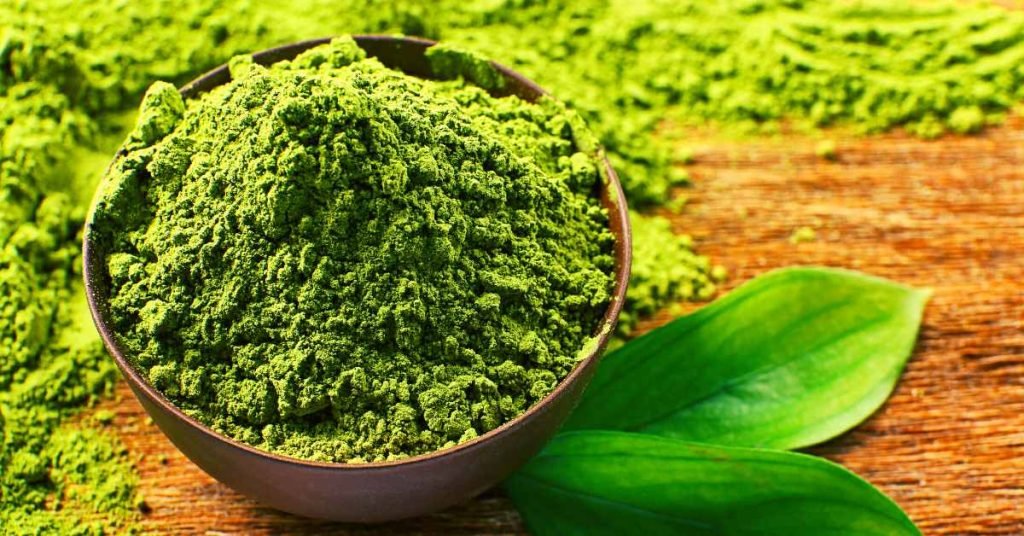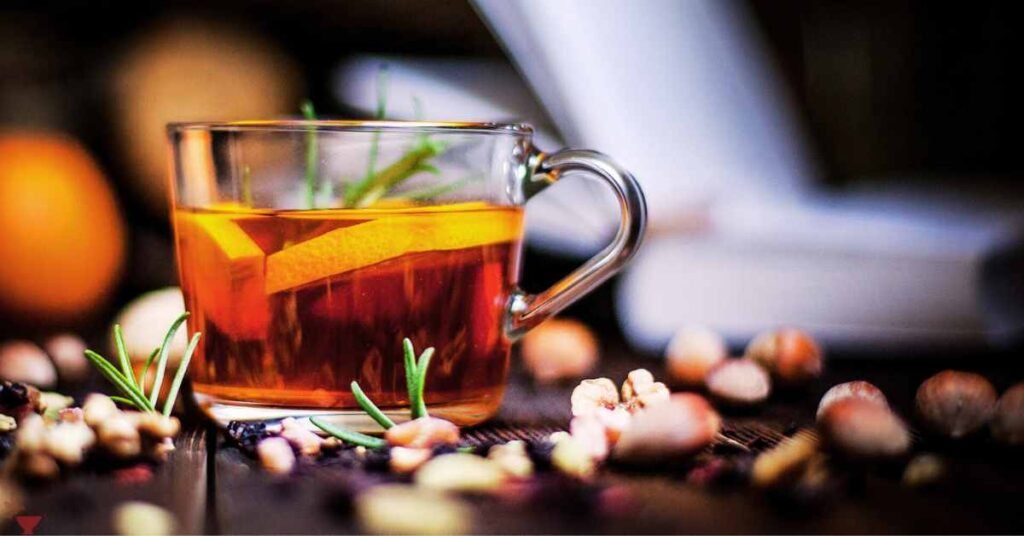In the realm of tea, matcha stands as a vibrant and revered elixir, captivating tea connoisseurs and health enthusiasts alike.
With its distinct flavor, vivid green color, and rich cultural heritage, matcha tea offers a unique sensory experience.
But what exactly is matcha? How is it made, and what health benefits does it possess?
In this article, we embark on a journey to uncover the mysteries of matcha, exploring its origins, production process, flavor profile, ceremonial traditions, and the numerous ways to incorporate this powdered tea into our lives.
Origins and Production

Matcha tea traces its roots back to ancient Japan, where it has been cultivated and cherished for centuries.
The tea leaves used to make matcha are grown in shaded conditions, which stimulates the production of chlorophyll and increases the amino acid content, resulting in its vibrant green color and unique flavor profile.
The leaves are handpicked and ground with a stone until turned into powder.
This meticulous process ensures that matcha retains its full spectrum of nutrients and antioxidants, making it a potent and concentrated form of tea.
Flavor Profile and Culinary Versatility
The flavor of matcha is often described as umami, with a vegetal and slightly sweet taste.
Its unique combination of flavors makes it distinct from other green teas. Matcha can be enjoyed on its own as a traditional ceremonial tea, but its versatility extends beyond the tea bowl.

It can be used as an ingredient in a variety of culinary creations, such as matcha lattes, smoothies, desserts, and even savory dishes.
Its vibrant green color adds an aesthetic appeal to culinary delights, making matcha a favorite among food enthusiasts and chefs.
Health Benefits
As the whole tea leaf is consumed in powdered form, matcha offers a concentrated source of antioxidants, vitamins, minerals, and amino acids.
It contains a potent class of antioxidants called catechins, which help protect the body against oxidative stress and support overall well-being.
Matcha also contains L-theanine, an amino acid that promotes relaxation and mental clarity, creating a calm yet focused state of mind.
Ceremonial Traditions

Matcha holds a special place in Japanese culture, where it is often prepared and consumed as part of tea ceremonies.
These ceremonies follow a meticulous set of rituals and symbolize harmony, respect, and tranquility.
Preparing matcha includes specific movements using a bamboo whisk (chasen) to froth the tea.
The powder is measured with a bamboo scoop (chashaku) while the tea is served in a traditional tea bowl (chawan).
The ceremonial preparation and presentation of matcha reflect the profound appreciation for the tea and the mindfulness it embodies.
Incorporating Matcha into Daily Life
With its growing popularity, matcha has found its way into daily life beyond traditional ceremonies.
It can be enjoyed in various forms and settings, whether as a morning ritual, an afternoon pick-me-up, or a refreshing treat.
Matcha lattes have become a popular alternative to coffee, providing a smooth and energizing start to the day.
Matcha powder can also be added to smoothies or baked goods to infuse them with its vibrant flavor and health benefits.
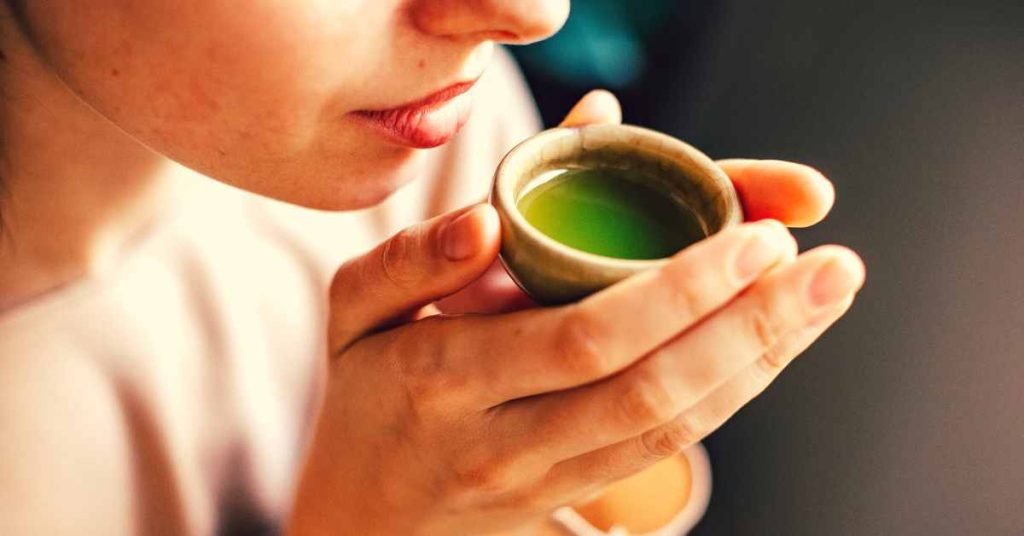
Exploring different recipes and experimenting with matcha can be a delightful and creative way to incorporate this green elixir into your daily routine.
can kids drink matcha tea?
While matcha tea is generally considered safe for consumption, it is advisable to be careful when giving it to children.
Matcha contains caffeine, albeit in lower amounts compared to coffee or black tea.
However, children can be more sensitive to the effects of caffeine, which may lead to restlessness or disrupt their sleep patterns.
It is best to consult with a pediatrician or healthcare professional before introducing matcha tea to children, especially in significant quantities.
They can provide personalized advice based on the child’s age, overall health, and specific dietary considerations.
Is it true that matcha is the best green tea?
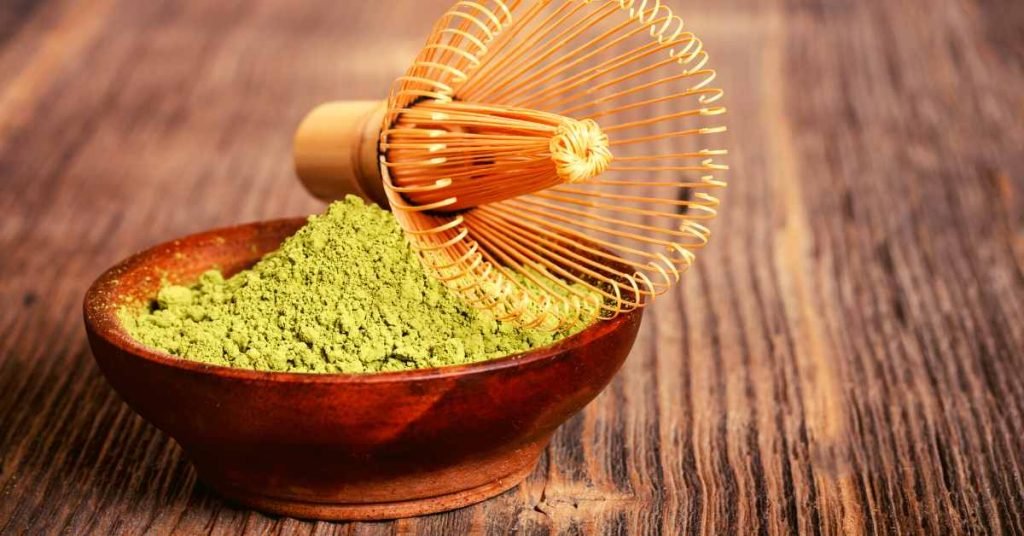
The claim that matcha is the “best” green tea is subjective and depends on personal preferences and specific criteria.
Matcha is certainly a unique and highly regarded type of green tea, known for its vibrant color, rich flavor, and health benefits.
However, several other high-quality green teas offer their own distinct characteristics and qualities.
Matcha stands out for its cultivation, production process, and consumption method. It is shade-grown, hand-picked, and ground into a fine powder, which allows for the consumption of the whole tea leaf.
This results in a concentrated infusion with a unique flavor profile and higher levels of certain nutrients.
Other types of green tea, such as sencha, gyokuro, Dragon Well, and bancha tea, each have their own distinctive flavor, aroma, and production methods.
These teas are treasured by tea enthusiasts around the world and have their own loyal followings.
Ultimately, the “best” green tea is a matter of personal preference.
It is recommended to explore different varieties and styles of green tea to discover the flavors and qualities that resonate with your own taste buds and preferences.
Final Word
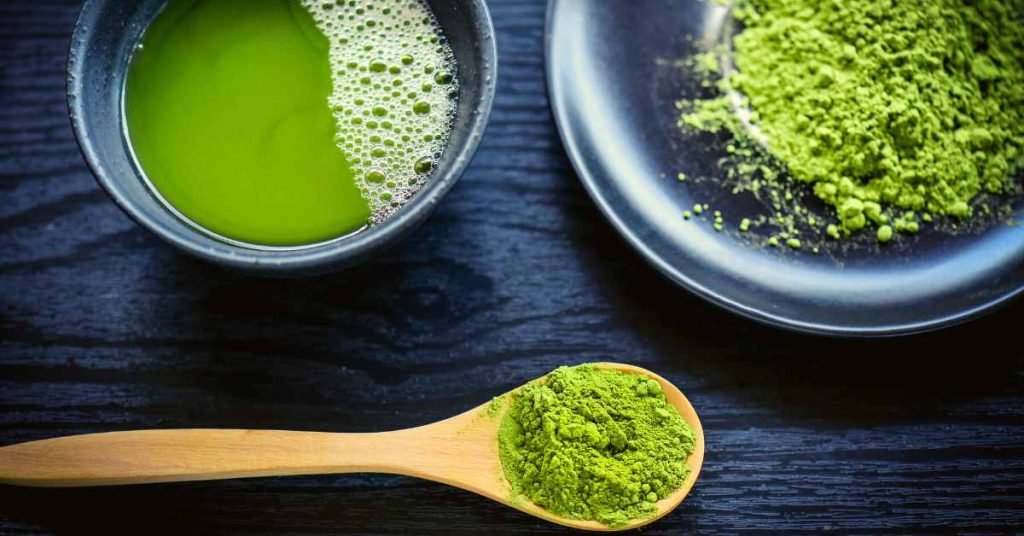
Matcha tea, with its vibrant color, unique flavor, and rich cultural heritage, offers a remarkable journey into the world of tea.
From its origins and production to its health benefits and ceremonial traditions, matcha captivates the senses and invites us to embrace its beauty and versatility. So, raise your chawan and indulge in the wonders of matcha tea!
MEDICAL DISCLAIMER
Itsnevernotteatime.com cannot and does not contain medical/health advice. The medical/health information is provided for general and educational purposes only and is not a substitute for professional advice.
